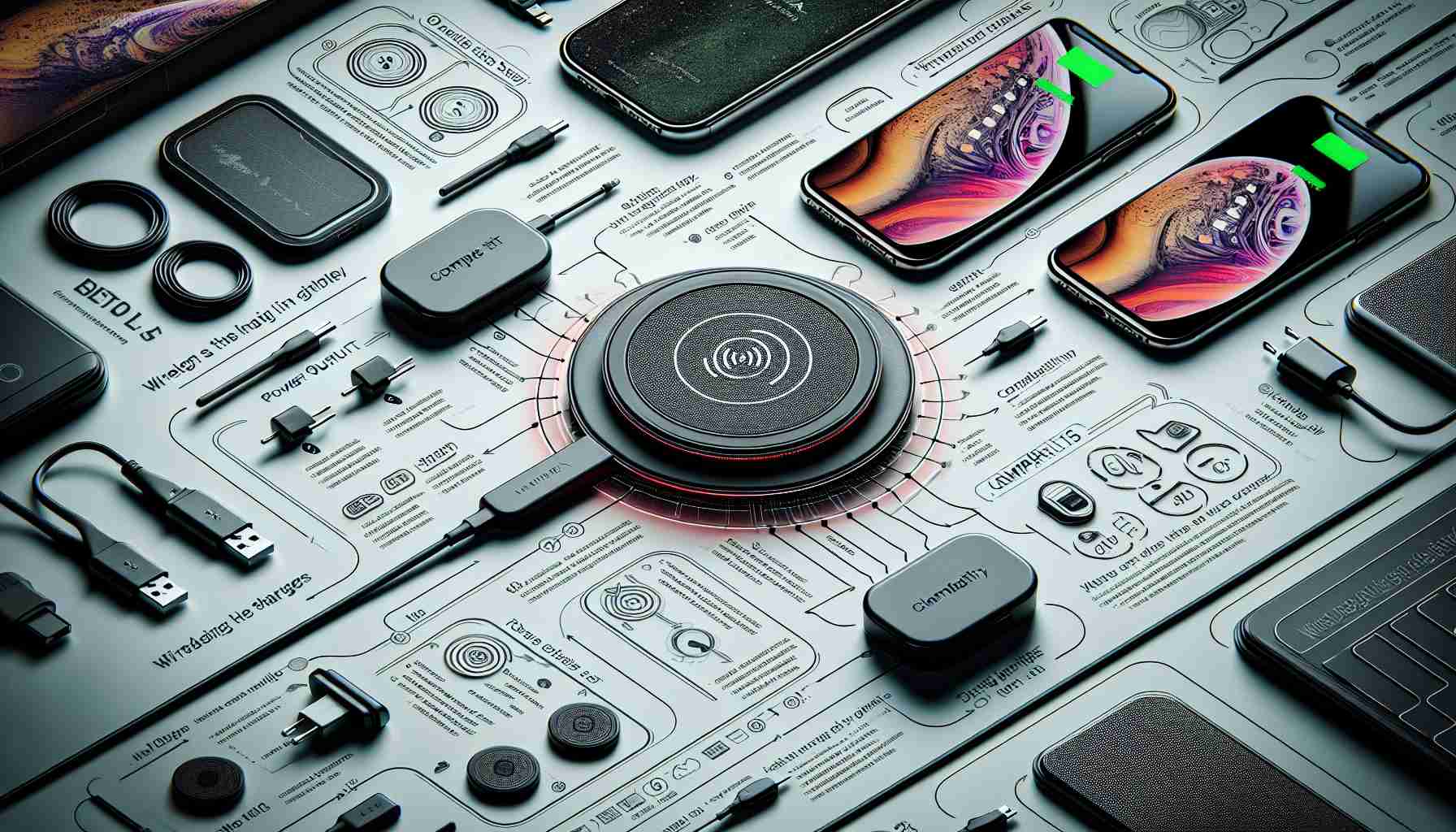Embracing Wireless Charging Technology
As wireless charging becomes a standard feature in numerous smartphones, many users have been inclined to obtain wireless chargers. However, several considerations are vital before making a purchase.
Ensuring Compatibility
First, verify that your phone supports wireless charging by consulting the manufacturer’s specifications. Once confirmed, opt for a Qi-standard charger to maximize efficiency and compatibility.
Charging Power Considerations
Different smartphones support varying wireless charging capacities. Although most devices currently don’t exceed 10 watts, investing in a charger offering up to 15 watts is advantageous, as it can accommodate future phones with higher charging needs.
Reputable Brands Matter
Select chargers from reliable brands and steer clear of lesser-known manufacturers with poor reviews. Some notable brands include Anker, RAVPower, Mophie, Belkin, Samsung, and if you’re an Apple user, MagSafe chargers are an optimal choice, albeit exclusively for Apple products.
Choosing the Right Design
It is important to pick a charger that aesthetically fits with your office or home decor. Wireless chargers come in various shapes, colors, and some even allow you to position your phone at an angle for easy screen visibility.
Bear in mind that not all wireless chargers operate identically. Adhering to Qi standard is recommended since most phone manufacturers support it, and it generally includes overcharge protection. For safety, don’t leave your device charging for extended periods post-charging. Also, wireless chargers generally cost more than wired ones, and you can’t use your phone during charging.
Fast Charging and Long-term Battery Health
Modern smartphones are equipped with batteries designed for longevity and robust capacities, enabling extended phone usage. Fast charging features can vary, with some promising half-charge within minutes. Concerns about potential long-term damage due to heat generated during fast charging persist, and though safe, such chargers often come at higher prices and with slower charging times compared to wired options. Wireless fast charging is also available, not limited to wired connections.
Public Charging Safety
With the ubiquity of digital devices, public charging stations have become common, yet they pose risks of cyber-attacks. Security experts warn that public USB ports could be exploited by hackers to install malware or copy sensitive data from your devices. Ultimately, you can protect your smart device by charging it fully before leaving the house or carrying a portable battery and avoiding public USB stations wherever possible.
Wireless Charging Standards
While Qi is the most prominent standard for wireless charging, it’s important to be aware that there are other standards like AirFuel Alliance (previously PMA), which is less common. Ensuring that your wireless charger and smartphone are compatible with the same standard is crucial for the charger to work effectively.
Placement and Convenience
When choosing a wireless charger, consider the placement of the charging coils. Some chargers are more forgiving if the phone is not perfectly aligned, while others require precise placement. Additionally, consider whether you prefer a stand that props your phone up or a pad that lays flat, which might influence your ability to use the phone while it’s charging.
Advantages of Wireless Charging
Wireless charging offers several benefits including convenience, as there’s no need to plug and unplug each time you need to charge—simply placing your phone on the charging pad is enough. It also reduces wear and tear on the smartphone’s charging port.
Disadvantages of Wireless Charging
Conversely, wireless charging can be slower than wired charging and may generate excess heat which can potentially affect battery life over time. Additionally, you must ensure that no metallic objects are placed between your phone and the charger to avoid overheating or damage to the charger.
Key Questions
– What is the maximum charging power my smartphone can handle?
– Does the wireless charger align with my phone’s wireless charging standard?
– What is the size and design of the charger, and will it fit well in my intended space?
– Are there any protective cases that allow for effective wireless charging?
Challenges and Controversies
There is ongoing debate regarding the impact of wireless charging on battery health, with some suggesting that the heat generated can shorten battery lifespan. Moreover, the slower charging speed compared to wired charging can be an inconvenience for users who need a quick charge.
For those looking for more information about wireless chargers or purchasing one, you can visit electronics brands and retailers such as Belkin, Samsung, or Apple for their official offerings.
Remember, before purchasing a wireless charger, it is essential to verify that your smartphone supports wireless charging, and if so, which standard. Then, choose a high-quality product from a reputable brand that fits both your charging needs and your aesthetic preferences. Always use the charger as instructed to minimize potential risks and keep your device’s battery in good shape.
The source of the article is from the blog radardovalemg.com
